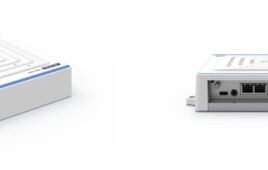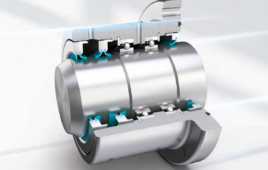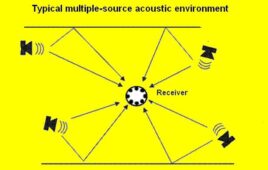These pharmaceutical bottles promote sustainability through light-weighting and production efficiency. The high-density polyethylene (HDPE) pharmaceutical bottle combines technology advancements to reduce plastic content by up to 28% compared to standard designs, while delivering excellent barrier performance.

More specifically, Milliken’s additive solution for barrier improvement, together with uniform wall thickness provided by SACMI’s proprietary Compression Blow Forming (CBF) equipment, enabled jARDEN to produce the new thin-wall bottles. These bottles are strong and light, use less energy to manufacture and generate less scrap.
The thinner, lighter bottles offer drug companies a way to reduce environmental impact while maintaining or improving the necessary barrier performance.
Compression Blow Forming, a sustainable plastic production method developed by SACMI, combines compression molding and blow forming into one process. This patented process offers advantages for pharmaceutical companies. First, CBF delivers consistent wall thicknesses, avoiding thinner areas that can allow for faster permeation of water vapor and oxygen. This near-perfect consistency, together with the high-performance properties of Milliken’s barrier technology, permits cost-effective light-weighting without compromising protection.
Further, CBF offers reduced cycle time and produces less waste. Cycle times can be up to 30% faster with less than 1% scrap.
Finally, the CBF process runs at a lower temperature thereby reducing energy use, which safeguards the purity of the resin against degradation. In addition to the benefits of lower heat, the compression of the preform reduces shear stress, which is important for initial resin processing and for further use after recycling.
Milliken
www.milliken.com
Filed Under: Medical-device manufacture




